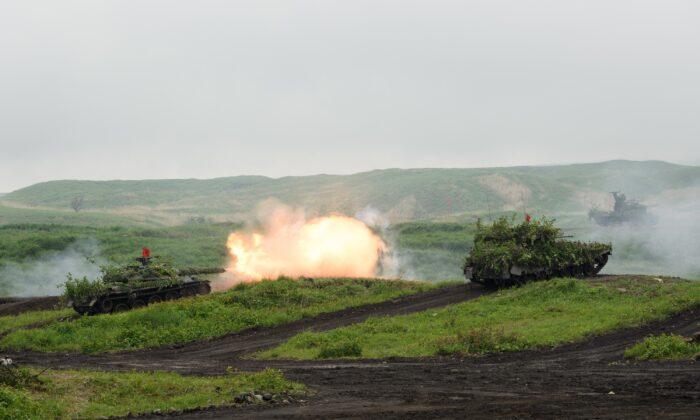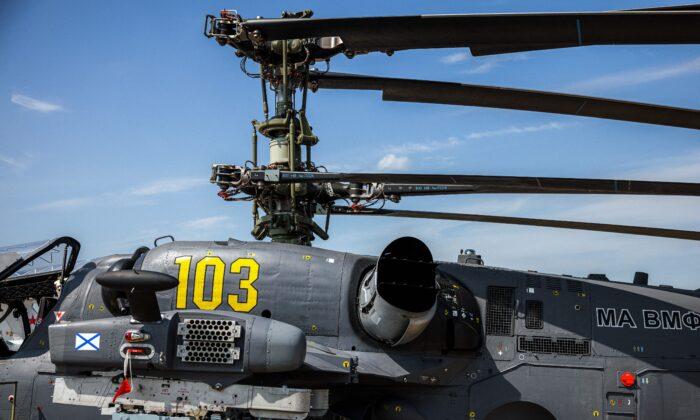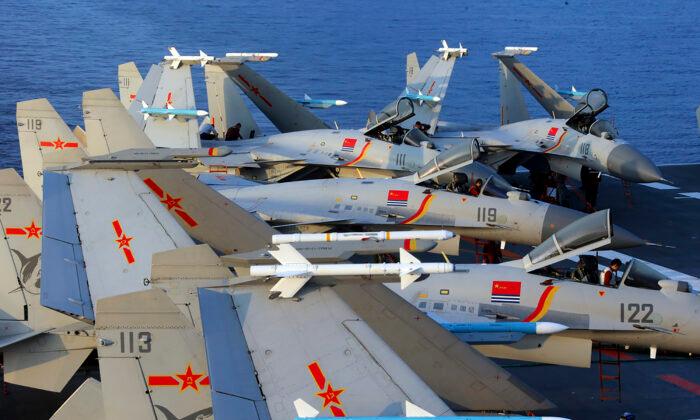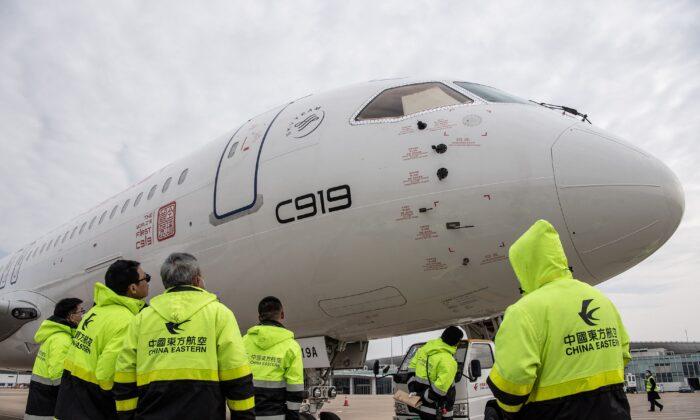The problem with this, however, is that we habitually throw out the term “arms race” without really defining what it means to be in one. Too often, “arms races” are ascribed to any kind of active-reactive arming without weighing whether such arming really undermines regional security.

One of the more common themes is the “submarine arms race,” especially when it comes to Southeast Asia. To be clear, Southeast Asian navies have acquired a sizable number of diesel-electric submarines over the past two or three decades. Moreover, this proliferation of submarines has been both quantitative and qualitative: more navies are buying submarines, or they are buying more of them, and the capabilities of these submarines have grown. But whether this constitutes an arms race or even a destabilizing situation is open to debate.
For a long time, few countries in Southeast Asia operated submarines. Indonesia owned two boats acquired in the early 1980s. In the mid-1990s, however, several countries in the region that had never before owned submarines began to purchase them.
Singapore became the first new country in Southeast Asia to acquire a submarine. The Republic of Singapore (RSN) bought six used submarines from Sweden: in the late 1990s, four ex-Sjöormen-class (built in the late 1960s but upgraded for the RSN), and then, in the early 2010s, two ex-Västergötland-class (renamed the Archer-class). In 2014, Singapore closed a deal with the German shipbuilder ThyssenKrupp Marine for four brand-new Type-218SG submarines; all these boats should be delivered by 2024.
Malaysia followed on by acquiring two Scorpène-class submarines from France in the early 2000s. In the early 2010s, Vietnam placed an order with Russia for six diesel-electric Kilo-class submarines.

Not only are more Southeast Asian navies operating more submarines, but these subs are generally among the most modern types to be had. Singapore’s newest submarines, for example, are outfitted with technology for air-independent propulsion (AIP): the Stirling engine for the Archer-class and fuel cells for the Type-218SG boats. AIP technologies permit these submarines to remain submerged for much longer periods of time than conventional battery-powered diesel-electric submarines, greatly expanding their usefulness. Modern submarines also contain more advanced sonar, fire-control systems, and torpedoes; some can even launch cruise missiles.
Moreover, these new submarines are highly automated, reducing the number of sailors required to run them. A Type-209 submarine built in the 1970s or 1980s requires a complement of 36 personnel, and the Russian Kilo-class needs more than 52 sailors. A modern submarine like the Type-218SG requires only 28.
Second, most of Southeast Asia’s submarines are rarely at sea. It is a rule of thumb that only one out of every two or three boats is on patrol at any given time. Large navies, like the United States, often have two full teams for each vessel (“blue” and “gold” crews), but smaller countries probably cannot afford this. In any event, diesel-electric submarines must frequently return to base for fueling and resupply, along with maintenance and repairs.
Submarines can be especially critical in countering China’s growing (and increasingly belligerent) military presence in maritime areas close to Southeast Asia (like the South China Sea). Surface ships are fine for “showing the flag,” but submarines have special qualities. They are stealthy and usually oriented toward offensive operations, such as reconnaissance, anti-ship and anti-submarine warfare, minelaying, inserting special operations forces, and even land-attack (using cruise missiles).
Regarding submarines, therefore, numbers count, and the more, the better. This is why Taiwan is in the midst of constructing eight indigenous submarines. The quantity has a quality all its own, which is particularly important when trying to deter or counter China’s growing military might. Countries bordering on the South China Sea should buy more submarines, not fewer.





